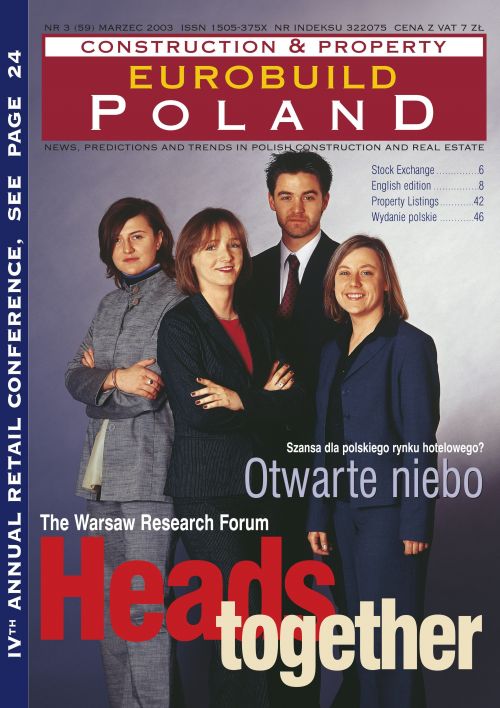The lack of a local master plan makes it impossible, or at
least renders it extremely difficult, to implement many investment projects
There is another obstacle for investors. Due to the expiration
of many local master plans enacted before January 1st 1995, investment
opportunities have been drastically limited. Such situations have taken place in
many major Polish cities, including Kraków. These expirations are the result of
Article 67 of the Outline Planning Law of 7 July 1994, which is still in force
today. Members of Parliament working on the new act, have obviously forgotten
about this article, under which many local master plans enacted before January
1st 1995 expired on January 1st this year.
Such a situation has arisen in municipalities where, since 1994, no study of the
conditions and directions of outline planning have been enacted, no works
concerning the preparation of the local master plan have been undertaken, and
there have been no amendments to the local m






























































